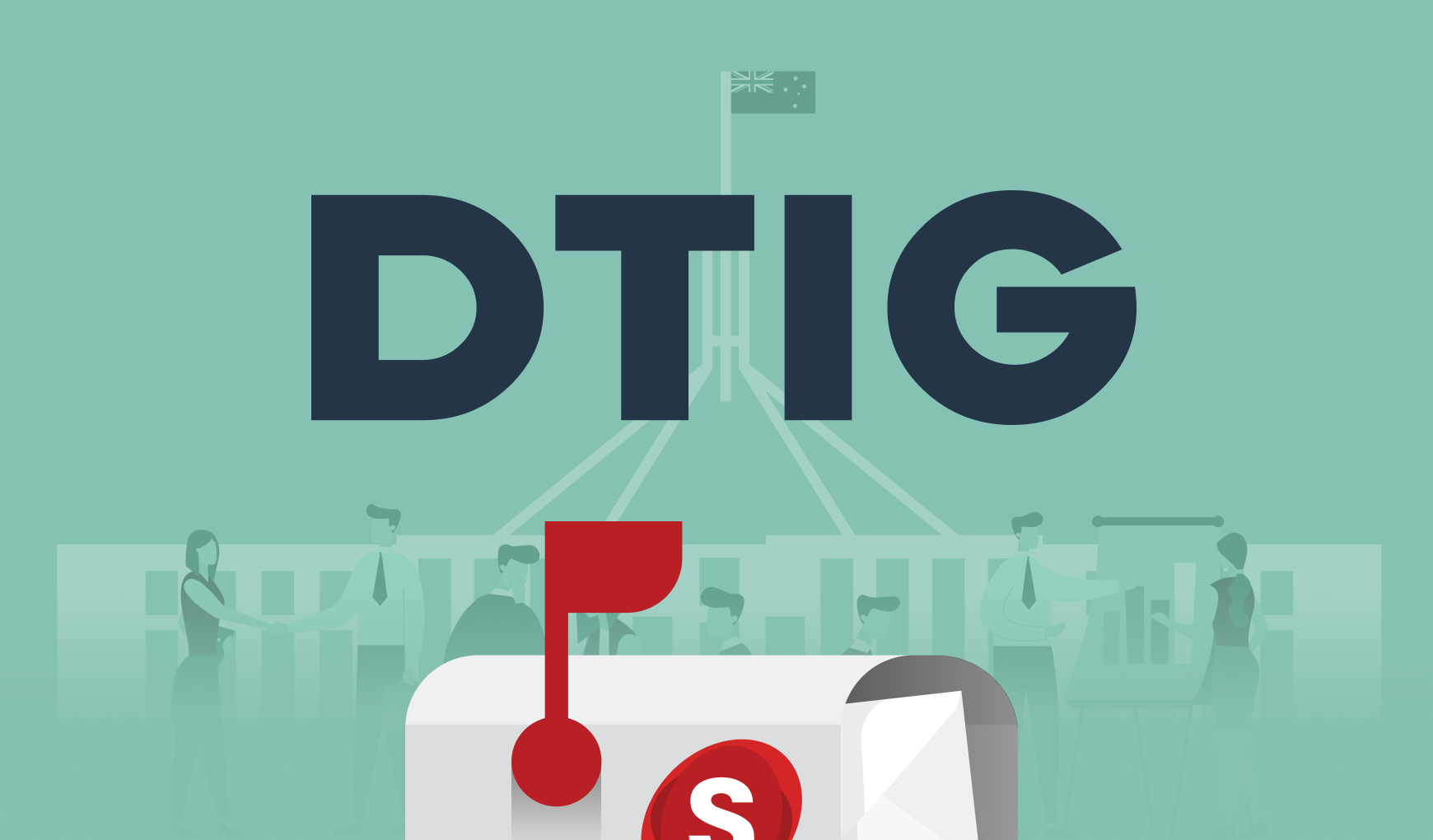The back story
If you’ve been reading our Digital Transformation in Government (DTIG) series since the beginning, you may have noticed one name (country) keeps popping up — Estonia. We first mentioned Estonia in our 9 May 2017 blog in reference to its digital identity system. The country popped up again during our blog on e-voting, again for ehealth and once more for blockchain. You can see why we decided it was high time to write a dedicated blog about Estonia and how they became the digital pioneers.
So what led to their massive domination of e-government?
In the beginning...
According to the e-Estonia , the journey started for Estonia in 1997 with ‘e-Governance’ — the introduction of e-services for Estonian citizens. In 2000 they introduced e-Tax so businesses and citizens could lodge their tax returns online. In 2001 they launched , a data exchange program that’s described as “the backbone of e-Estonia. Invisible yet crucial, it allows the nation’s various public and private sector e-Service databases to link up and function in harmony.” Basically it’s the technology that lets different databases communicate. Incredibly, it also “saves more than 800 years of working time for the state and citizens annually.”
In 2001 digital entered the picture, allowing citizens to access a huge range of online services. Next was i-Voting for their 2005 election, then 2007 saw public safety benefit from technology (according to the e-Estonia , the “...use of IT tools in the security services (e-Police, rescue board, emergency centre) has halved the number of deaths by accident in Estonia over the last 20 years.”
In 2008 Estonia started testing blockchain technology and by 2012 it was in use in the government’s technology platform. This was also the year that Estonians started owning their public health data, another milestone for the country.
The final ‘piece’ in the e-Estonia timeline came in 2014, with e-Residency, which the site describes as: “Estonia’s gift to the world.” e-Residency lets people outside Estonia become e-Residents and access Estonia’s online services.
Digital identity
Digital identity is probably the most important element of the digital offering, the cornerstone of the Estonian system. Estonia now has four forms of digital identity:
The electronic ID include a chip that uses 2048-bit public key encryption. The one card is used across a very broad range of services — from voting (a world first) and other government services, to logging into bank accounts online.
turns citizens’ phones into a secure digital ID. The customer requests a special Mobile-ID SIM card from their phone provider, and this allows users to be authenticated via their mobile phone when accessing online services from their phone.
is a mobile app for users who don’t have a special SIM card in their smart devices. It can be used via smartphones and tablets with a wi-fi or mobile internet connection.
is a digital identity system available to anyone in the world. e-Residents have access to digital services and the EU business environment.
Blockchain technology
Estonia uses KPI blockchain , which was developed in Estonia to protect its citizens’ data and privacy. According to the e-Estonia website: “With KSI Blockchain deployed in Estonian government networks, history cannot be rewritten by anybody and the authenticity of the electronic data can be mathematically proven. It means that no-one — not hackers, not system administrators, and not even government itself — can manipulate the data and get away with that.” For an explanation of blockchain technology, read our blockchain revolution blog.
Other services
Digital identity and the use of blockchain technology are just two examples of innovative, transformative digital solutions adopted by government. In its solutions , the e-Estonia website breaks its solutions into eight areas:
Under each of these headings you’ll find multiple instances of digital transformation — from e-prescriptions to driverless cars, to e-school (a nationwide school application that’s used to share information between students, teachers and parents).
It’s an impressive array of services, with digital transformation literally everywhere. No wonder called Estonia the “most advanced digital society in the world.” We suggest you check out some of the links above to get a better idea of exactly what Estonia is doing. Or for the overview go to the solutions .
The future for Estonia
With so many services in place what else could Estonia do? Or need to do? Despite its phenomenal position, Estonia is still set to improve and grow its e-everything network, continuing to its “fully digital” future. In some cases it will continue to refine its current services, such as the next stage of its healthcare transformation, Healthcare . It also continues to experiment with new technologies and solutions, such as its soon-to-open Data .
Salsa Digital’s take
Estonia’s contribution as a world leader in government digital transformation is incredible. It’s taken some time (20 years) but Estonia managed to identify the value of digital transformation early on, and run with it. The e-Estonia website talks about the need for governments to experiment, and the e-Estonia homepage greets you with this message: “we have built a digital society and so can you.” Sounds good, doesn’t it?!

